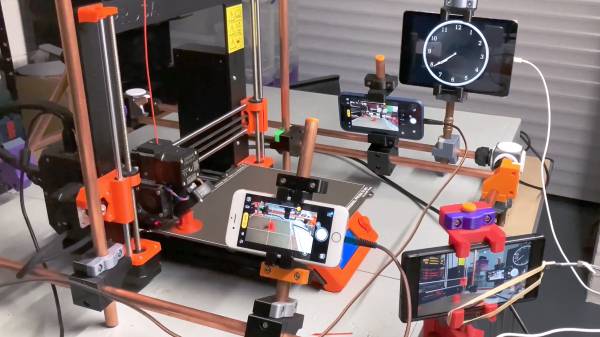If you’ve ever looked at widgets on your iPhone, you’ve probably noticed they’re largely static, save for a few first-party apps. By and large, third party developers are not supposed to be able to animate them. However, [Bryce Bostwick] found a workaround.
You might be confused as to the idea of animated widgets, but it’s quite simple. For example, think of a clock app with a widget in which the hands always display the current time, or a calendar app with an icon that shows the current date. Apple’s own apps have long been able to do this, but the functionality has mostly been locked out for third parties.
One way to get around this limitation is by using a timer feature baked into the widget functionality. The timer tool is one of the few ways that third-party apps are allowed to do animation. By running a timer with a custom font, you can display various graphical elements instead of numbers counting down to create a hacky animation that updates every second.
However, there are even more advanced techniques that can get you faster, smoother animations. [Bryce] breaks down the private techniques used to rotate the clock hands on Apple’s own widget, and how to use those tools for your own purposes. It takes some sneaky Xcode tricks and a bit of math to make it fully flexible for doing arbitrary animations, but it works surprisingly well.
Will this backdoor last ? Well, Apple is always updating and changing iOS and its associated software, so don’t expect it to work forever.
Continue reading “Animated Widgets On Apple Devices Via A Neat Backdoor”

















